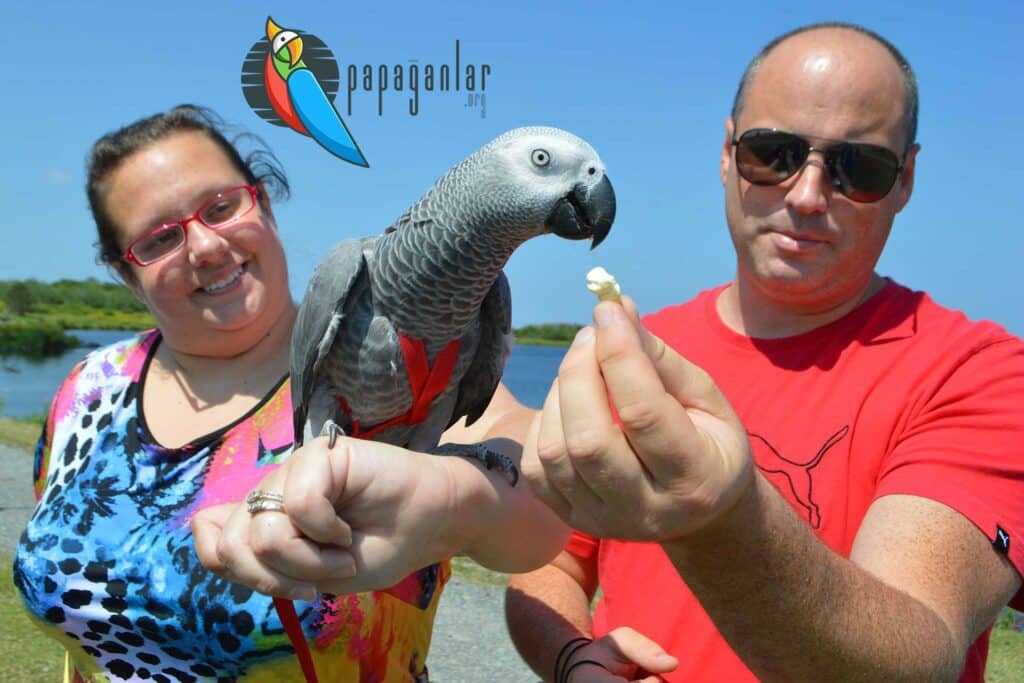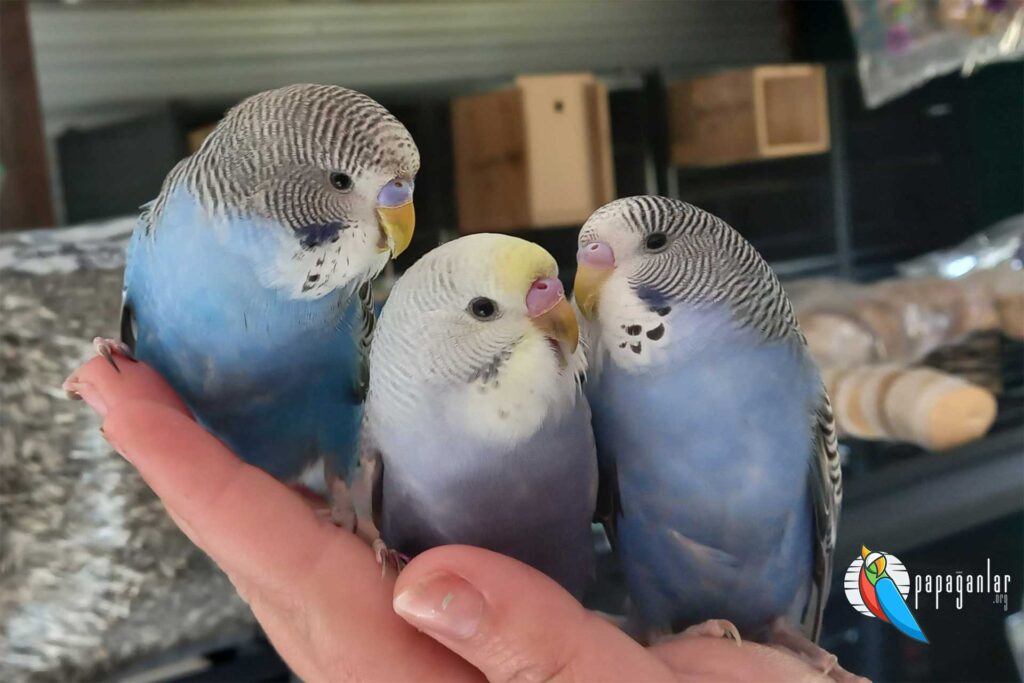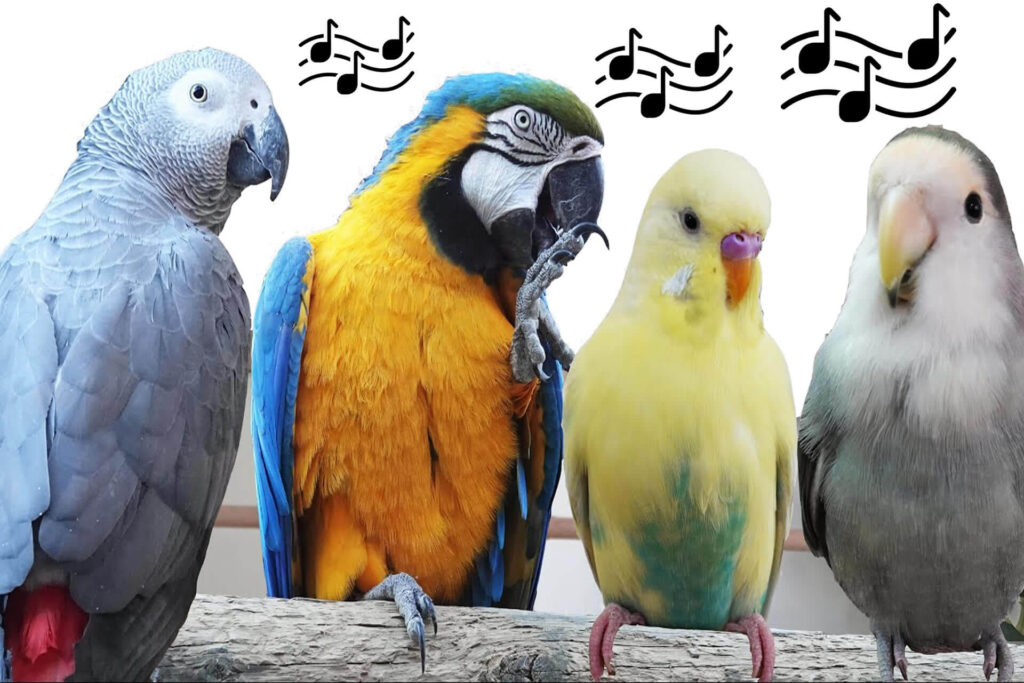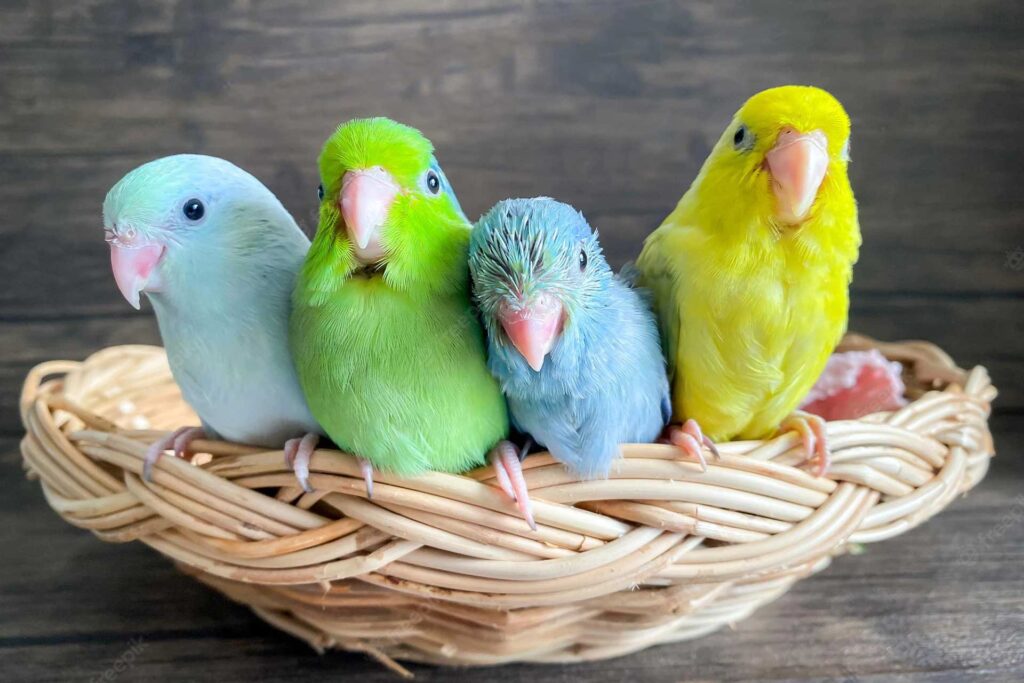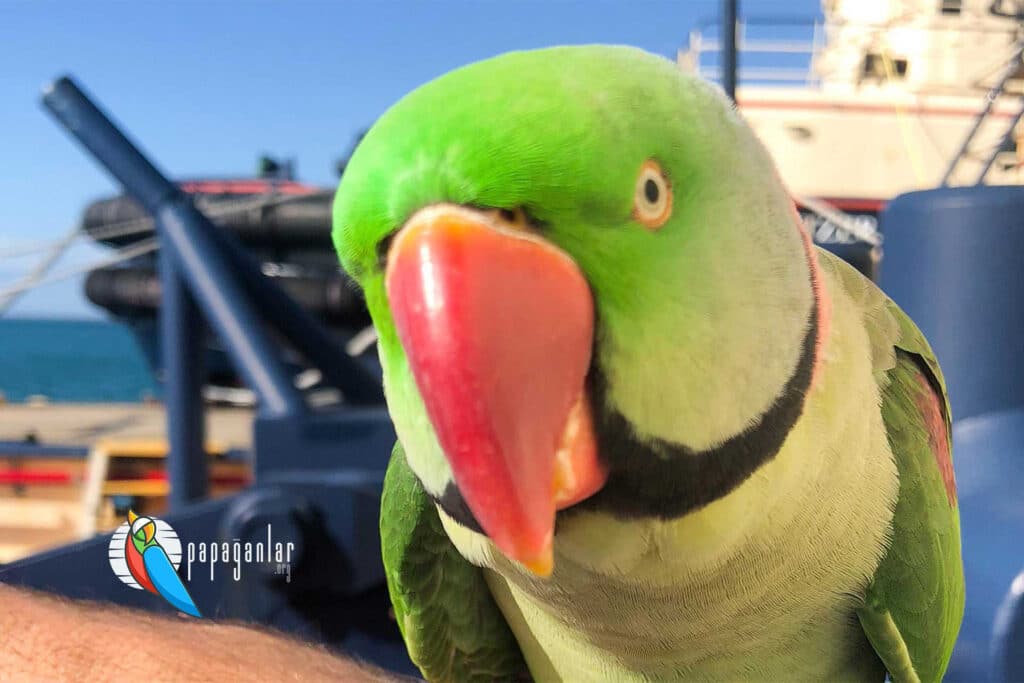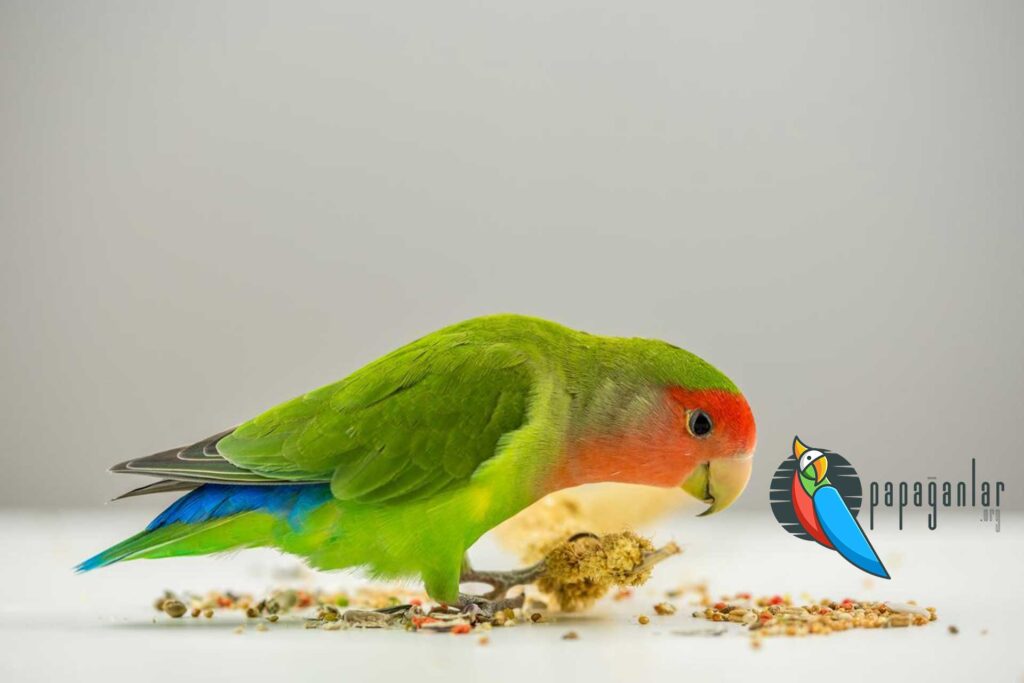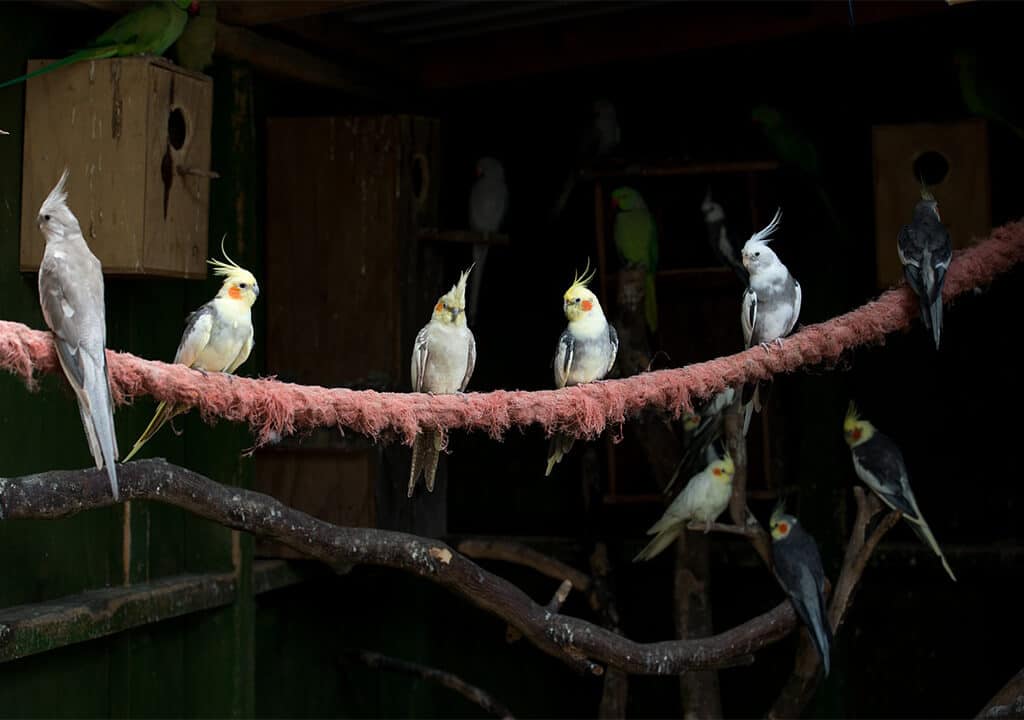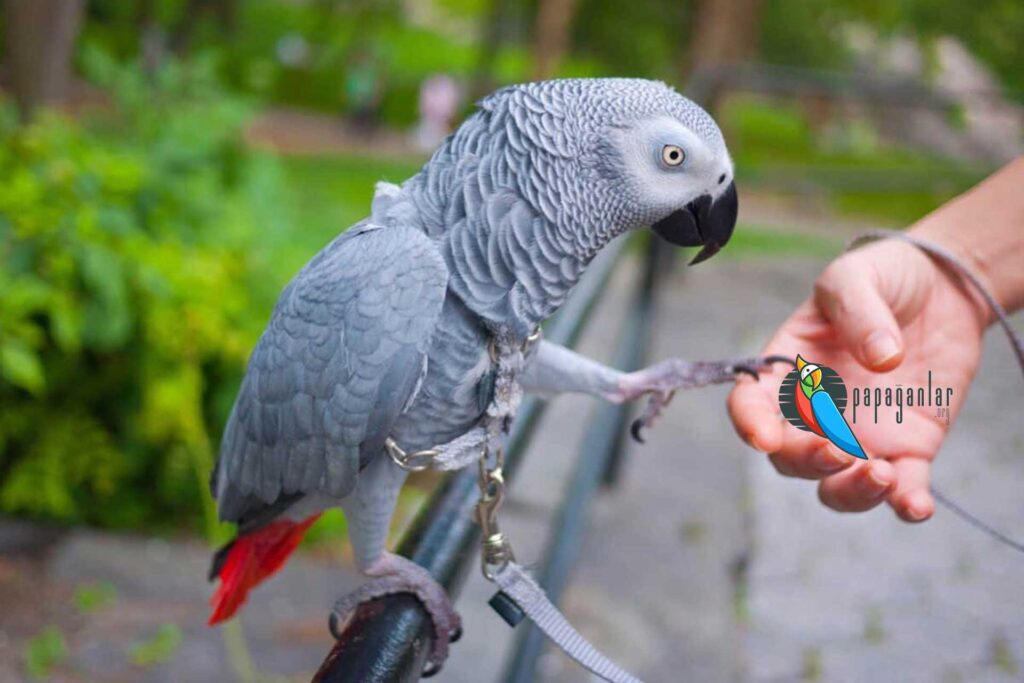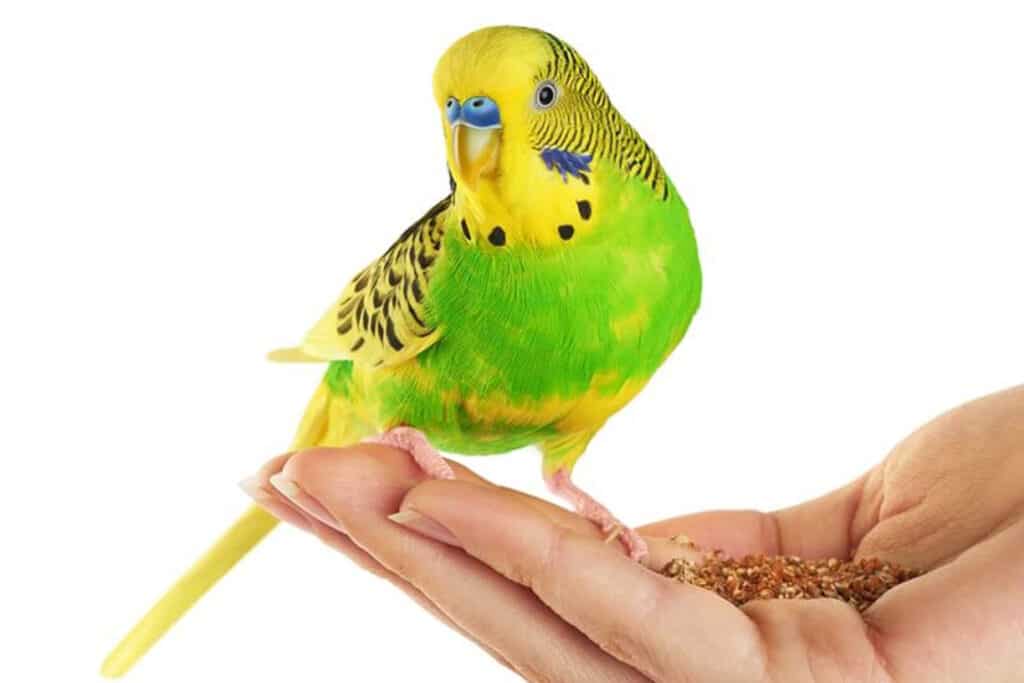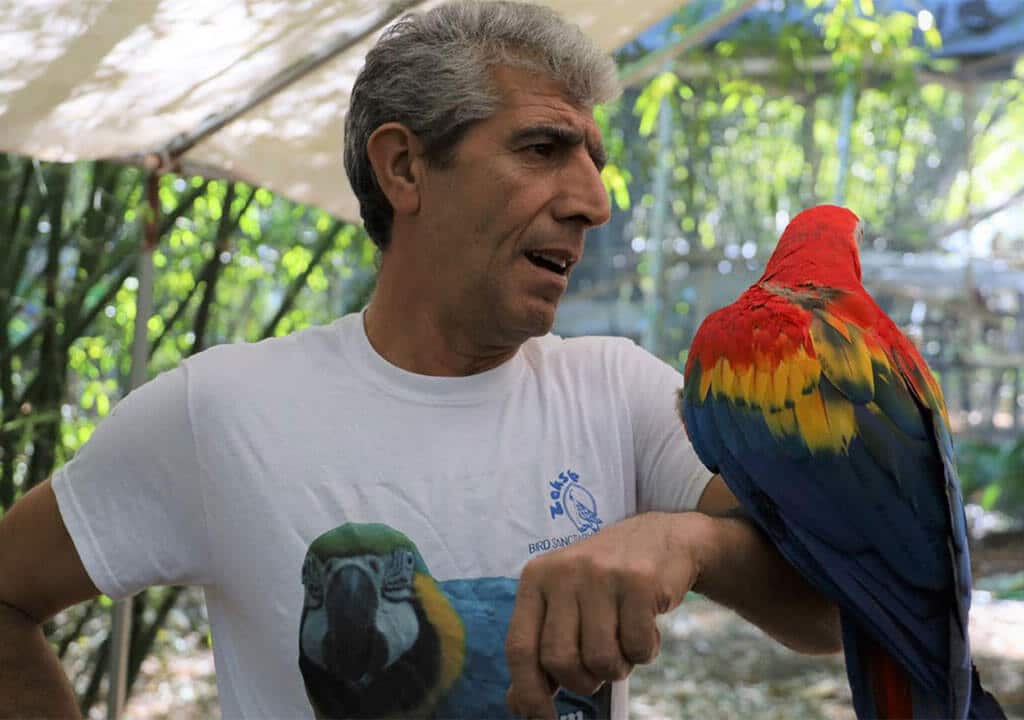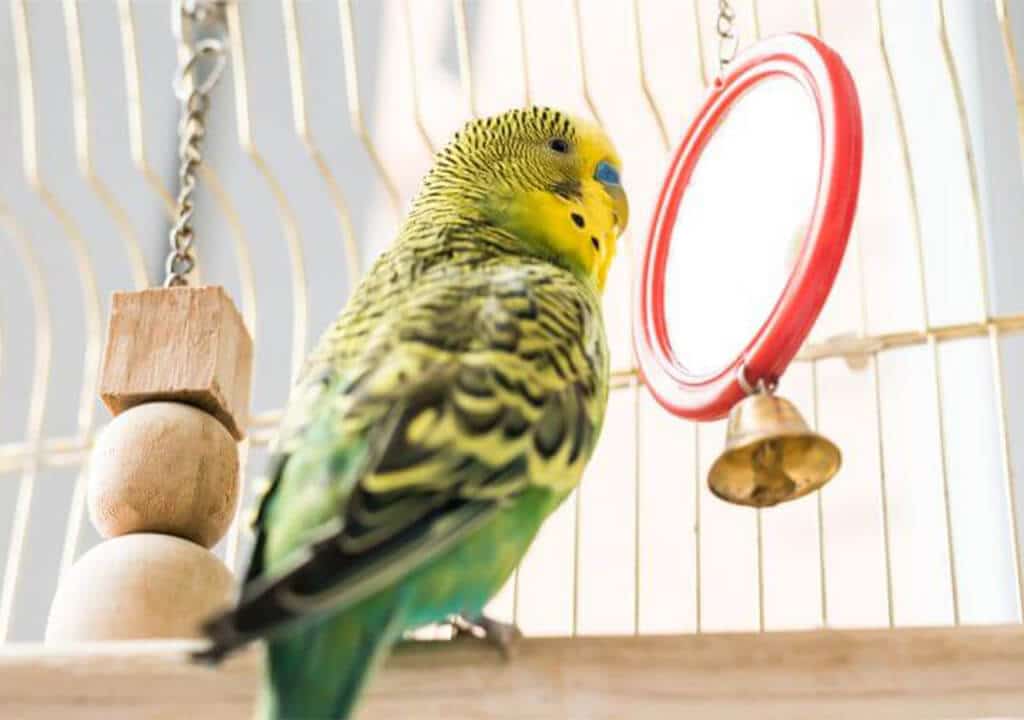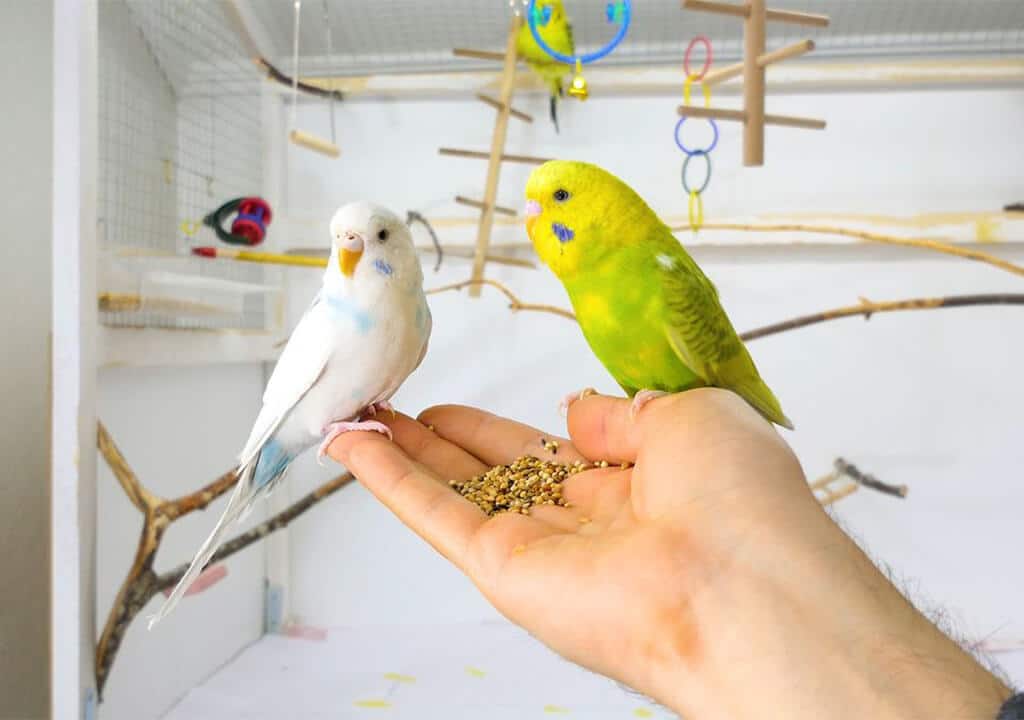Blog
Parrots Have a Good Time
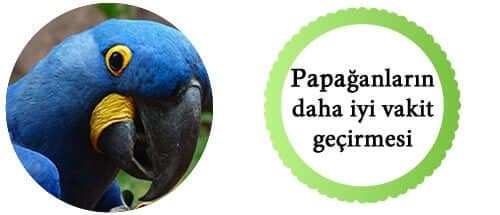
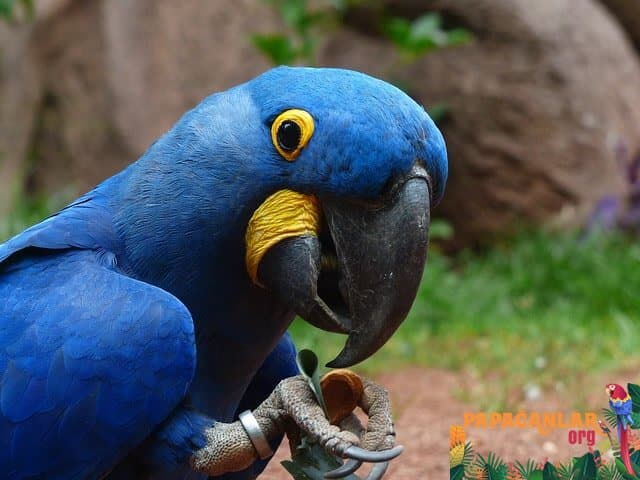
- In the natural life, parrots spend 2-3 hours of their daily life foraging for food and protecting the food they find from other birds or hiding the surplus food for later. They spend the rest of their time being careful and sensitive in order to adapt to the social life in their environment and to survive. When they feel safe, they take naps, sleep, straighten and lubricate their hairs very briefly and on condition of being alert.
- Since there are almost no activities such as foraging, competing for food and storing food in Pet Parrots, their most important activities are feather care, sleeping and social relations with cage friends or household members in their daily lives. In birds that do not have cage mates and do not have a balanced and adequate social relationship with people at home, taking care of their feathers comes to the fore and behavioral problems that progress to feather plucking and later self-biting develop.
- Pet Parrotsshould find their food with a little effort rather than presenting it open and ready. In fact, it is presented in a covered way that they can reach using their beak and fingers, allowing them to linger, develop their intelligence and be spiritually healthy.
- In parrotsaccustomed to giving their food in an open and accessible manner, food presentation is made more mysterious and obtainable after an effort. First of all, it starts with simple methods such as displacements, changing the direction of the food container. Then it moves on to more complex access methods.
Some Examples of Distraction Mechanisms:
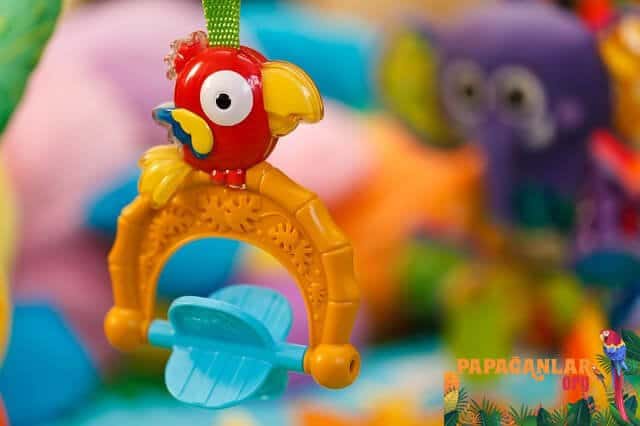 The food that the parrotlikes is wrapped in a plant leaf or colorless soft paper that will not be harmful to the bird, and preferably one side is wrapped with cotton thread. Small Parrotsare hung in the cage. In large birds, it is expected that the bird will wonder about this package and try to open it, by leaving it to the place where the bird wanders or eats its food. When the goal is achieved, it turns out to be a good way of procrastinating and developing intelligence for the bird.
The food that the parrotlikes is wrapped in a plant leaf or colorless soft paper that will not be harmful to the bird, and preferably one side is wrapped with cotton thread. Small Parrotsare hung in the cage. In large birds, it is expected that the bird will wonder about this package and try to open it, by leaving it to the place where the bird wanders or eats its food. When the goal is achieved, it turns out to be a good way of procrastinating and developing intelligence for the bird.- The large pieces of food that the bird likes are hidden with stones, wood or paper tears in the parts where the bird roams, waiting for the bird to explore this area and find the buried food.
- The bird’s food container is covered with colorless paper covers made of cellulose that will not be harmful to the bird. The bird is expected to push this cover, pierce the beak or foot and reach the food. If the bird cannot make this attempt the first time, it can be guided by making a small hole in the paper cover. In the later stages, the cover covering the food can be strengthened.
- Foods such as vegetables, fruits and corn are offered to the birds not in the feeder, but in slices that hang from the cage bars. It helps her to linger and spend time with them.
- Some commercial toys have also been developed in which parrotscan hide their food. These are small bags with food, boxes that open when birds move, boxes containing food, and some foods that are hung in a cage.
Abone
0 Yorum
Eskiler




